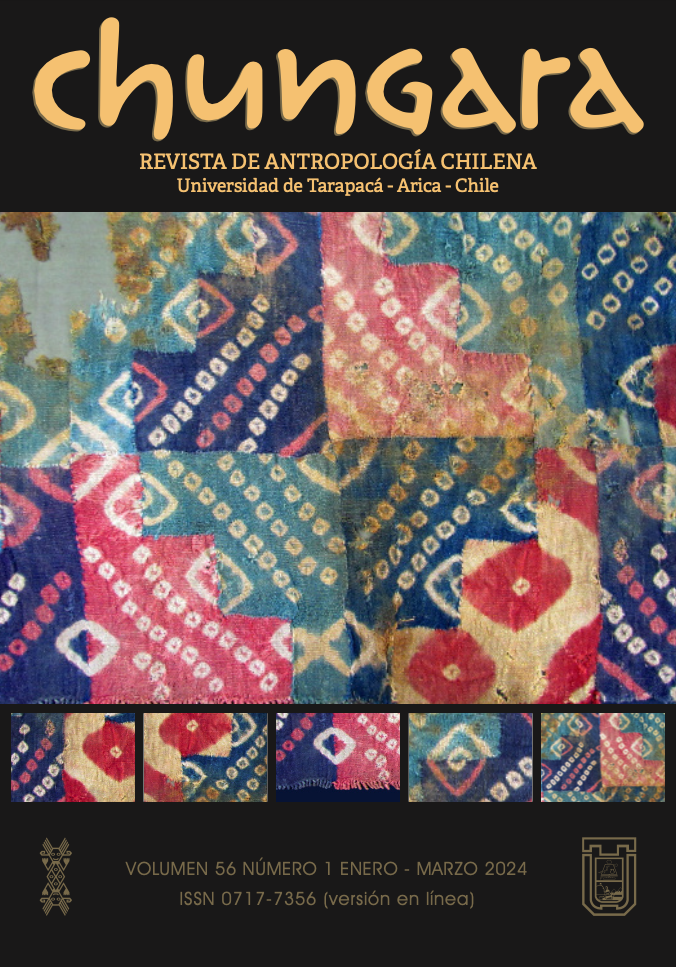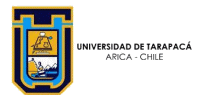20235501(en)/5 - Interregional Circulation of Armadillo (Order Cingulata) and its Linkage with Artifacts from the Hallucinogenic Complex in the South Andes (400-1400 AD)
INTERREGIONAL CIRCULATION OF ARMADILLO (ORDER CINGULATA) AND ITS LINKAGE WITH ARTIFACTS FROM THE HALLUCINOGENIC COMPLEX IN THE SOUTH ANDES (400-1400 AD)
CIRCULACIÓN INTERREGIONAL DE ARMADILLOS (ORDEN CINGULATA) Y SU VÍNCULO CON ARTEFACTOS DEL COMPLEJO ALUCINÓGENO EN EL SUR ANDINO (400-1400 DC)
Helena Horta Tricallotis, Mónica Gudemos, Verónica Lema e Isaac Peña-Villalobos
In the pre-Hispanic hallucinogenic complex of the Circum-Puna area (Atacama Desert in Chile and Northwestern in Argentina), there is a particular style of snuff tray that stands out; its general shape corresponds to that of the armadillo or quirquincho (families Dasypodidae and Chlamyphoridae of the order Cingulata). This article investigates the possible meaning of its depiction across various mediums, as well as the use of the animal’s anatomical parts in the manufacture of musical instruments and other psychotropic paraphernalia. By compiling material from different archaeological collections, together with a review of bibliographic sources, we provide evidence of the funerary contexts of such objects. We also discuss the role played by the armadillo in Circum-Puna beliefs. This is supported by ethnographic and zoological data and forms the basis for suggesting a unique relationship between this animal and the use of hallucinogens. We propose that the underlying connection between them is rooted in the worship of fertility associated with rainwater and a conceivable distribution route in the ritual exchange of armadillos that might encompass the Gran Chaco, northwestern Argentina and the Atacama Desert in Chile, particularly the Loa area, in a broad sense from east to west.







